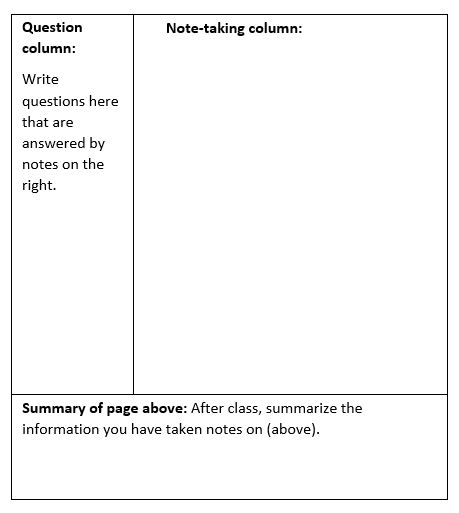The goal of the Basics of American College Life Preparation Course is for students to come away with some understanding of what will be required of them while enrolled at a U.S. college. This includes being able to take effective notes, being able to read critically, being able to conduct independent research, being able to write an academic paper, being able to participate actively in problem-based learning, being able to collaborate on assigned projects, and being able to make oral presentations. Students will also learn the basics of how colleges are organized and function, as well as Dos and Don’ts while living in the U.S.
The 25-hour online curriculum contents (a series of videos with formative and summative quiz):
- English 101
- Pre-quiz
- Critical reading skills
- Problem-based learning
- Useful idiomatic expressions
- Quiz
- Assignment
- Academic preparedness
- Pre-quiz
- Note taking
- Test taking
- Time management
- Study skills
- Research skills
- Writing papers
- Collaboration with other students
- Plagiarism/cheating/citing sources
- Making oral presentations
- Quiz
- Assignment
- Adapting to life in the U.S.
- Pre-quiz
- Opening and closing a bank account
- Understanding and signing a lease
- Maintaining an apartment
- Driver’s license + car registration + car insurance
- Expected public behavior
- Behavior towards women
- What are considered insults
- Social media use
- Appropriate attire
- The meaning of non-smoking areas
- How to defuse threatening situations
- Quiz
- Assignment
- HOW TO for campus life
- Pre-quiz
- Getting help/using campus resources
- Using the library
- Health care
- Mental health
- Campus residential life
- Food/meals
- Religious observance
- Bureaucracy
- Extracurricular activities
- Greek life
- Quiz
- Assignment
- U.S. legal issues
- Pre-quiz
- Visas
- Stalking
- Driving Under the Influence (DUI)
- Racing cars
- Paying ticket/fines
- Quiz
- Assignment
- U.S. culture
- Pre-quiz
- Racism
- Women in authority
- Sexual harassment
- LGBT sensitivity
- Self-referential pronouns
- Religious tolerance
- Rights of homeowners/neighborhoods
- Role of law enforcement
- Quiz
- Assignment
- FAQ
- Resources

